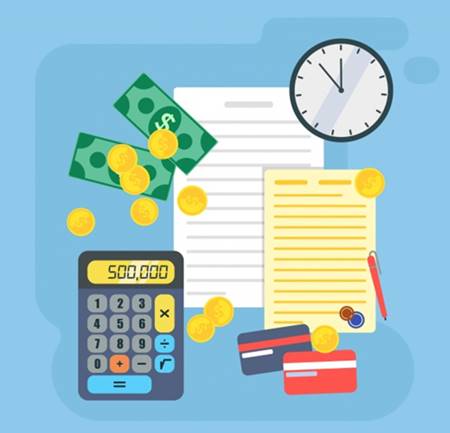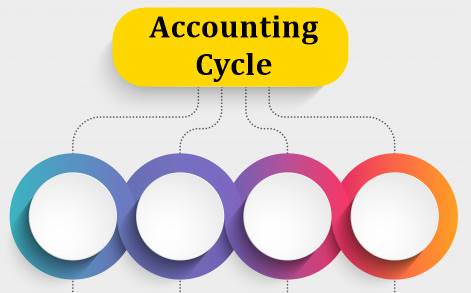
Table of Contents
Economic Cycle
What is the Economic Cycle?
Economic cycle meaning can be referred to as the fluctuation of the given Economy between simultaneous periods of contraction (or Recession) and expansion (or growth).

There are some factors including consumer spending, total employment, interest rates, GDP (Gross Domestic Product), and others, that can help in determining the ongoing stage of the given economic cycle.
Working of the Economic Cycle
The economic cycle is known to comprise of four distinct stages. These stages are also referred to as the business cycle. The given four stages in the given cycle are - trough, contraction, peak, and expansion.
During the expansion stage, the economy is known to witness abundant growth with the interest rates being low, increasing production levels, and building up of inflationary pressures. The peak stage of the given cycle is achieved when the overall growth is known to hit its maximum rate. The growth occurring at the peak stage is known to create some type of imbalance in the given economy. It is required to be corrected at the same time.
The correction tends to occur through the contraction stage or period wherein the overall growth is known to slow down, while the overall employment falls and prices become stagnant. The trough stage of the economic cycle is reached when the economy tends to hit a lower point with the recovery process of growth altogether.
Talk to our investment specialist
Special Considerations for Economic Cycle
Major financial institutions and governments around the world make use of several options for managing the overall course as well as the effects of economic cycles. An effective tool that governments tend to make use is fiscal policy. Towards an attempt to end the recession or contraction, the government can look forward to employing an expansionary fiscal policy for stopping the economy from getting overheated due to expansion. This is achieved by taxing as well as running the budget surplus for reducing aggregate spending.
Central banks are known to make use of the principle of monetary policy for managing and controlling the economic cycle. When the cycle is known to hit the point of the downturn, a central Bank can go forward with lowering the interest rates or implementing expansionary monetary policy for boosting the investment and spending.
During the period of expansion, the central bank can also go ahead with employing a contractionary monetary policy by increasing the overall interest rates and downgrading the credit flow into the given economy for reducing the respective inflationary pressures, along with the need for Market correction.
At the time of expansion of the market, investors are known to seek to purchase the companies involved in fields like basic energy, technology, and Capital goods. At the period of contraction or recession, the investors make the decision of purchasing companies that might be thriving during the recession -including healthcare, financial, and utilities.
All efforts have been made to ensure the information provided here is accurate. However, no guarantees are made regarding correctness of data. Please verify with scheme information document before making any investment.












